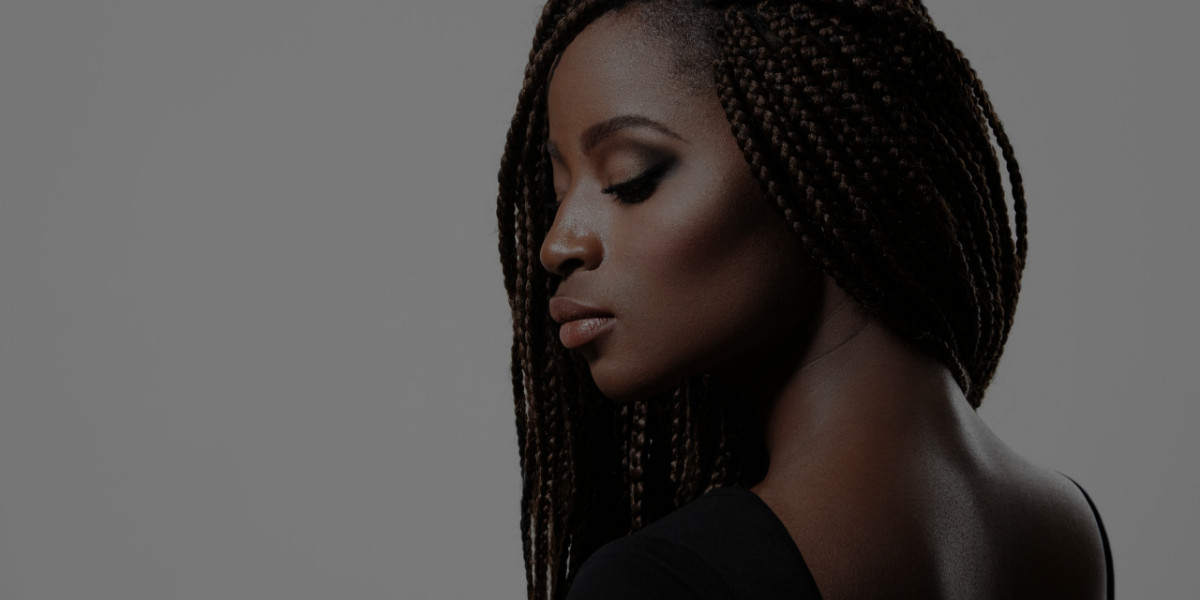Is makeup your passion? Do you want to pursue your dream of becoming a professional makeup artist, but can’t seem to find the time? If you lead a busy life, then an online makeup academy may be perfect for you. At an online makeup school, you can learn at your own pace and submit assignments whenever it suits your schedule.
Still skeptical? Not sure how you’ll get trained in practical makeup application at an online school?
Keep reading for an inside look at QC Makeup Academy’s online makeup course, Global Beauty. Plus, watch a short video snippet of the actual course content you’ll receive as a student. You’ll know exactly what to expect when you enroll!
New to the world of makeup artistry? Global beauty may not be the first thing that comes to mind. However, educating and familiarizing yourself with different face shapes, skin tones, and global beauty trends is extremely important! Makeup isn’t just for one type of person. It’s for everybody! As a makeup artist, you’ll service a wide variety of clients. It’s essential that you’re able to cater to the differing needs of very different clients to have a successful business!
Not only that, global beauty trends are extremely popular! With the internet connecting people from all around the world, cultural trends are becoming popular in North America. The explosive popularity of Henna and Halal beauty brands are just one example of this. Not to mention Rihanna’s FENTY BEAUTY line and her efforts in promoting inclusive beauty! Needless to say, global beauty is a must!
Deep Skin Tones: Corrective and Everyday Techniques
Let’s Recap
The first thing I do is prep the skin with rosewater or a spray.
Merrel Hollis loves the Caudalie beauty elixir. It helps to relax a high-energy client gets the skin ready to absorb everything. It creates an even playing field for your primer, foundation, corrector, and so on.
Apply the spray gently by misting. For a more high-end product, find a continuous mister for application. Don’t forget to moisturize! Ask your client if she has moisturized or applied the product to her skin before starting the makeup application.
Next, apply the primer to the areas that need hydrating.
Merrel Hollis likes to use YSL primer because of its beautiful glow. Apply it under the eyes, on the forehead, around the mouth, and along the jaw line.
Use an orange color corrector for darkness around the hairline, mouth, nose, jaw line, and under the eyes.
Use a light touch to avoid caking the product on the face. A sheer layer is all you need! When mixed with the client’s undertones, the color blends out into a flesh tone so you’ll never see the orange. These darker areas are common. For lighter skin tones, they will appear as redness or veins. You should always conceal or correct any discolorations for your clients.
Would the techniques be the same if your client didn’t have perfect skin?
If the client has a big, textured pimple, make sure this area is super dry. If her skin is oily, this will draw attention towards the pimple. If the pimple is dark, apply a bit of orange color corrector with a dabbing motion, and blend it out with your foundation.
Use your tools on the go – your fingers! Fingers are a great tool because they are the same temperature as the client’s skin. This makes them perfect for meticulously flawless blending and tapping the products in.
Unlike most makeup artists, I usually start underneath the eyes when applying foundation.
At this point, we have finished with all the major corrections the client needs. Next, you’ll mix foundations to get the client’s exact skin tone. You usually won’t get it on the first try, so be patient!
If you’re going to test the all-over foundation color, test it on the neck line. Look away and look back. If the foundation has disappeared into the skin, then you have the right color! Stepping away from the client gives a different perspective and is something you should work into your routine!
Make sure that you have your undertone and tonality perfectly matched! Once this is done, you’re ready to start applying the foundation!
How You’ll Be Tested
In this unit, Unit A, you’ll read the text, “Skin Tones and Corrective Makeup” amongst others. Drawing from what you learn in the course materials, you’ll need to complete a 10-question multiple-choice assignment about working with discoloration and undertones. If you get stuck, your QC Student Support Team is always there to help!
For the fourth assignment in this unit, you’ll recreate a flawless complexion on a deep skin-toned model. Obviously, you won’t have the exact client that Merrell Hollis works on. So, you won’t be able to copy his application step-by-step. The point of this assignment is to make sure that you understand the fundamental concepts and can apply them appropriately for your client.
You’ll have a written component for this assignment, too. You’ll need to provide a list of your products used and a justification for why and how you made your decisions. Don’t panic! You’ll learn these things as you work through the content. By the time you get to the assignment, you’ll have it down pat! You’ll also need to take pictures of your work. Your tutors need to see your makeup application and provide you with valuable feedback. All QC tutors have a passion for teaching and helping others become the best versions of themselves. So, you can trust that their feedback will be personalized and useful as you grow as a makeup artist!
